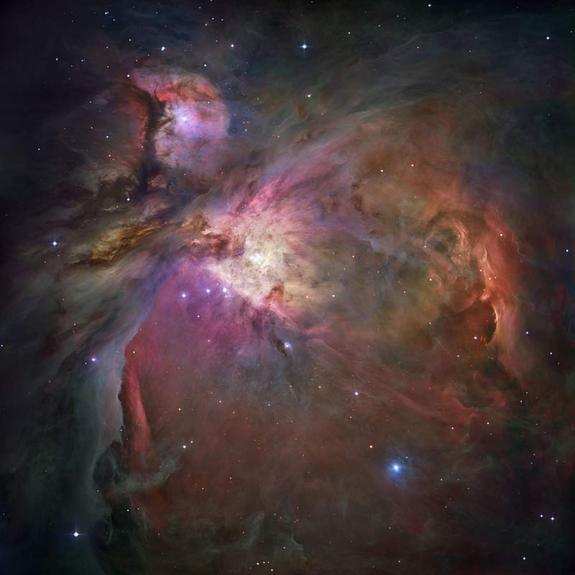Taken by the Hubble Space Telescope this image below is of the galaxy cluster Abell 1063.
Located in the constellation of Grus, it lies about 4 billion light-years away from Earth.
Inside the cluster you can see many more galaxies and distant lights moving from the background. Those that are even very far away are visible because the enormous mass of the foreground galaxy cluster, it is so large that it is actually bending spacetime and light that is passing by. This high energy galaxy cluster creates a magnifying glass or something known as a gravitational lensing event that makes it possible for Hubble to see very faraway galaxies. An event foreseen by A. Einstein many years ago.
What Is Gravitational Lensing
Gravitational lensing is the bending of light from a distant source by a massive object like a Galaxy Cluster in front of it. The spacetime around massive objects is curved as predicted by Albert Einstein's general theory of relativity. Gravitational lenses can be used to see very far off and distant galaxies throughout space time.
What Is A Galaxy Cluster?
Credit: NASA/Hubble
A galaxy cluster is a group of sometimes up to thousands of galaxies bound together by gravity & energy. Several galaxy clusters together can form a supercluster.



































